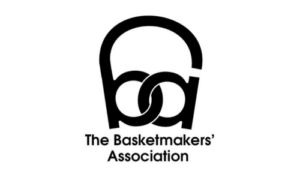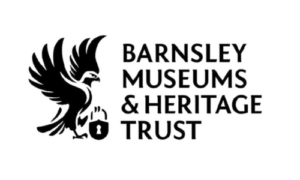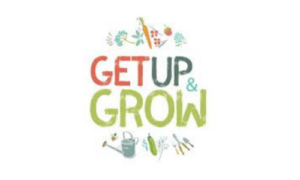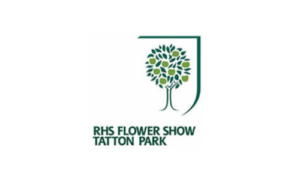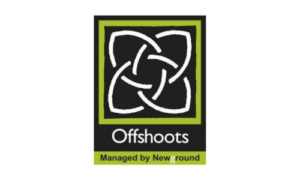The Tatza Basket
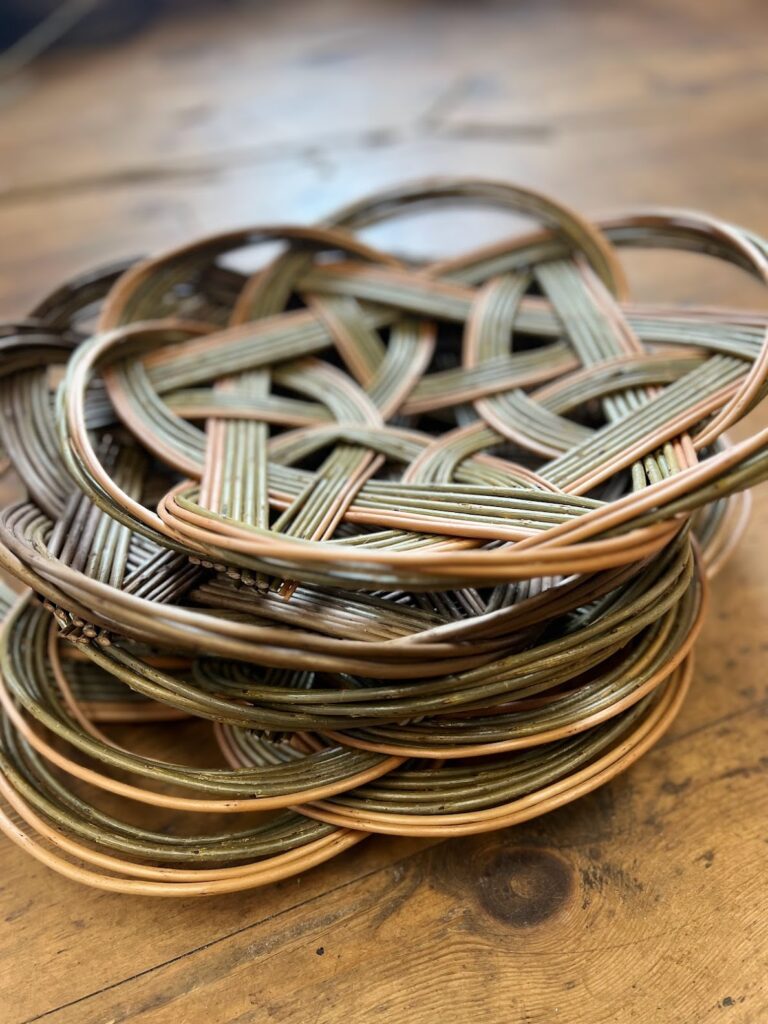
The Tatza Basket
The stunning Tatza or Celtic basket is a traditional basket from Poland and is predominately used as a breadbasket. A skilled weaver could make many of these in a day; it’s a beautiful way to display daily breads.
I first came across this beautiful basket many years ago in Denmark, it was sitting proudly on a very tall wall leading up to the workshop of Danish weaver and artist Ane Lyngsgaard. I was there to learn some of her techniques on a basket I now call my Viking Long Boat basket. I teach a less complicated version of this basket in my workshop. Ane is, as far as weavers go, internationally famous. She teaches and has exhibited around the world and has pieces in several public collections. Her work is innovative, incredibly skilled and I believe sublime. I cannot tell you how much I valued my time with her and I sincerely hope I get to learn more from her one day.
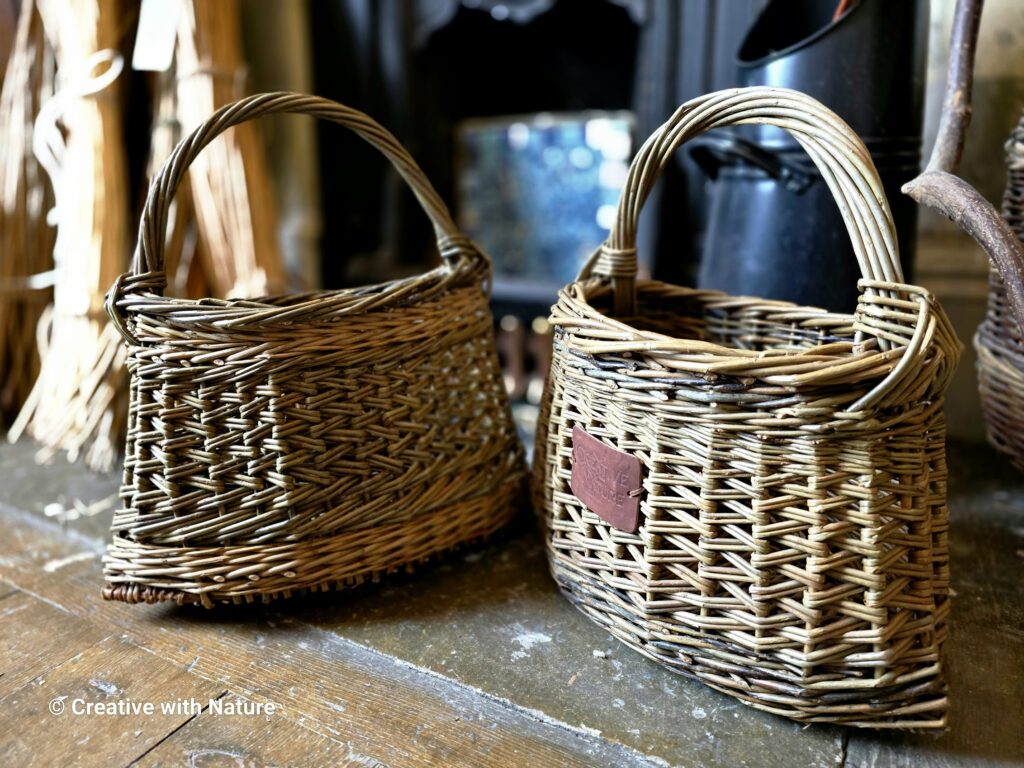
I learned so much in my week there, mainly how much I still needed to learn… But that Tatza sure was a thing of beauty and I kept going back over my time there to marvel at it. It was massive! It had an impressive 8 rod row across each of the 6 hexagonal sides and was worked with possibly 8ft fine Purpurea willows, with a couple of white willow rods at the outside of each set.
I’ve not seen one so big since and it was perfect! I couldn’t see the back so had no idea how it was finished, I just liked to marvel at it. It reminded me very much of the old carpet beaters, which I knew were made from cane and I began to wonder if it was possible to make such intricate patterns in Willow.
A short time after, on my return to the UK, my friend and Forest School teacher Lily Horseman sent me a picture with a simple one-line question; did I fancy having a go? It was a Tatza…Yes! Of course I wanted to.
I travelled up to the Lake District and we set aside a couple of days to work it out. With a couple of poor-quality photo printouts and markers we spent an entire day making just one each. I cannot tell you how much we struggled, with no other reference I now know we were going about it all wrong and we were working in Buff willow. For those who don’t know, Buff means just that, it has no bark on, it’s in the buff! Both White and Buff Willows only take a couple of hours to soak rather than days or weeks with bark on Willows. Back then I didn’t understand that these Willows are much ‘grippier’ than willow with the bark on and so we had inadvertently made the job a lot harder than it needed to be.
That day, it took several attempts to realize the process had to be broken down into stages, it wasn’t possible otherwise.
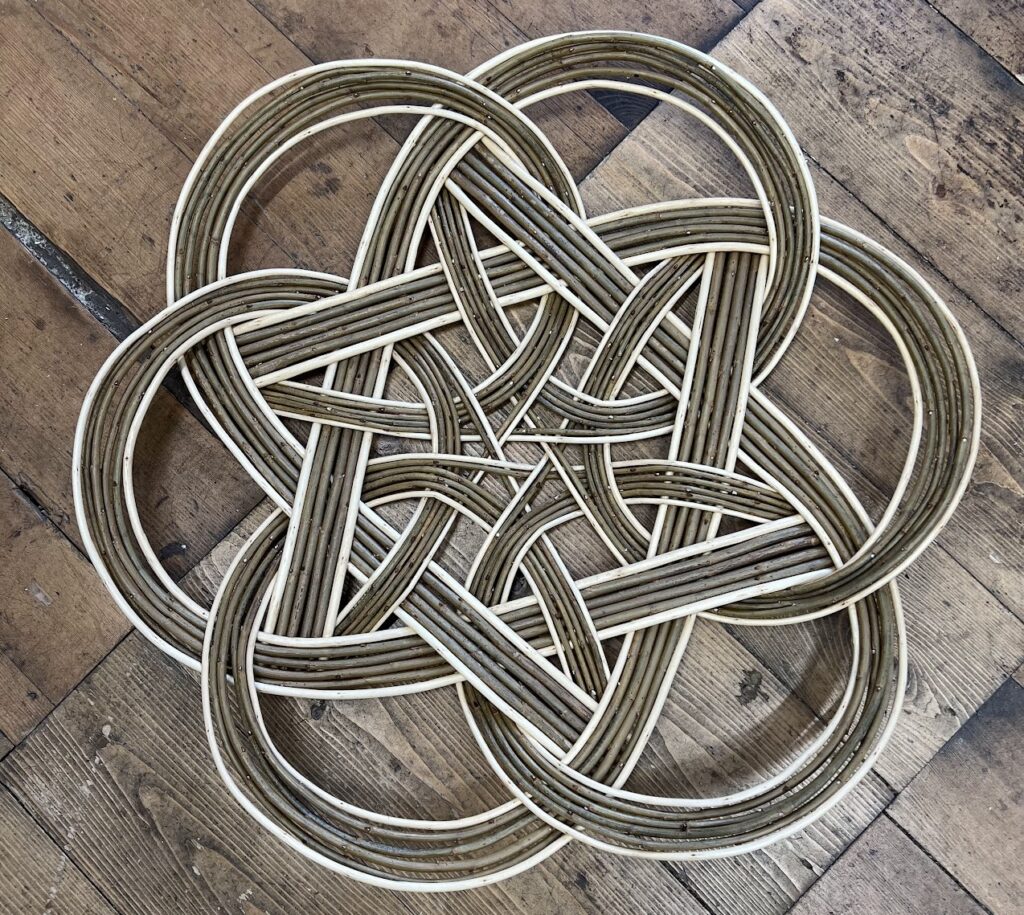
By the end of the day, I was so sore! My whole body hurt as I fought with the basket; undoing, re-doing over and over. By the end, hours later, I couldn’t remember the sequence. We quickly set about making a second to try and solidify this new knowledge.
That didn’t really happen…I remember Lily asking if I’d teach it and I laughed, er no!
I tried again, intermittently, over a number of years but just didn’t enjoy the process. For me weaving is about the flow and this basket certainly wasn’t flowing for me.
A good chat with my good friend and fellow basket weaver Rachel Hutton changed all that. A great and knowledgeable teacher, she competently teaches these beautiful Tatza baskets and can teach 2 baskets in one day. I immediately booked her to come and teach, at my studio in Yorkshire, for a class of 8 including myself.
Clearly set out and explained, we all achieved the 2 baskets in a day. My body didn’t hurt and everyone went home with gorgeous Tatzas. We were all immensely proud of ourselves, so we should have been too!
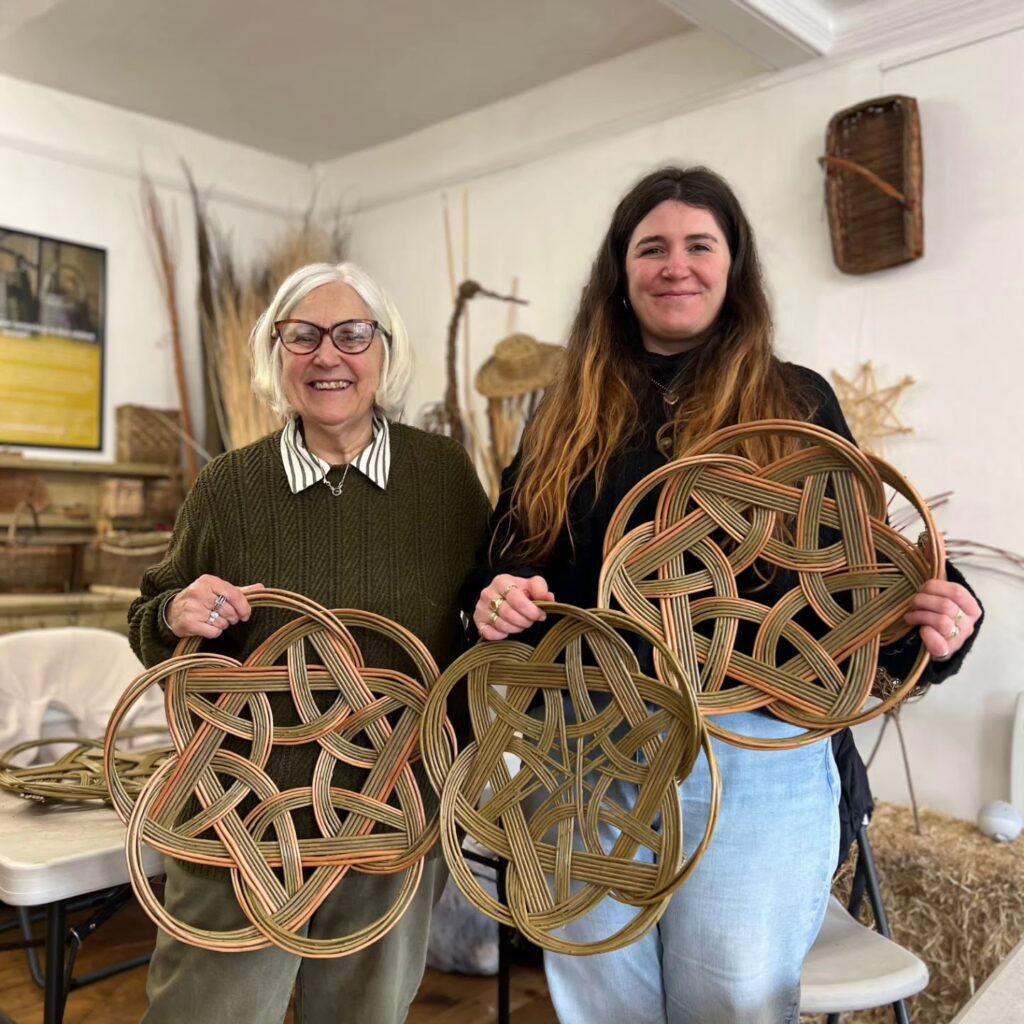
I took a couple of weeks to make many more, with different patterns, different Willows and set about making an instruction manual. This was for students to keep after coming on a course with me and to create self-guided Tatzas at home. These baskets are ideal beginner and intermediate baskets to learn.
I suppose if this story has anything to teach it’s sometimes progress is slow (15 years in the making on this one!) but progress is progress all the same. Sometimes not everything comes easily. Students often assume that I am a natural basket weaver, I assure you I am not. I realised that sometimes you need to take small steps, little and often, whilst remembering to enjoy the process; the journey and the finished product.
Joe Gregory
Creative with Nature

